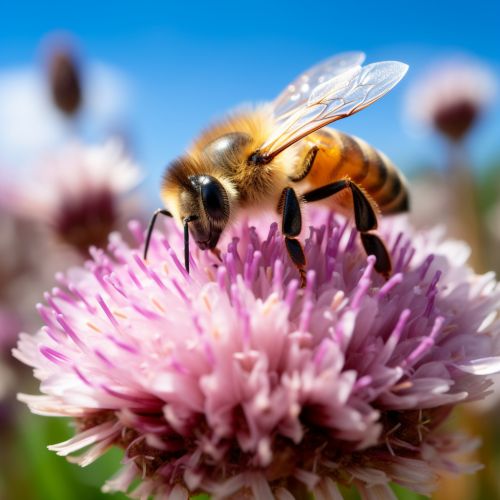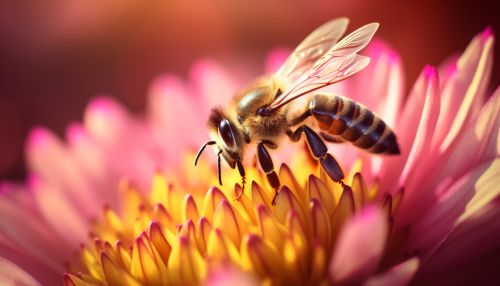Mutualism (biology)
Introduction
Mutualism is a type of symbiotic relationship between two or more species where each species benefits. This interaction can occur between organisms of the same or different species. Mutualism is one of the primary driving forces behind evolution and ecology, shaping the diversity of life on Earth.


Types of Mutualism
Mutualism can be categorized into two main types: facultative and obligate.
Facultative Mutualism
Facultative mutualism is a type of mutualistic relationship where the species involved are not entirely dependent on each other for survival. They can live independently but choose to interact for mutual benefit. An example of facultative mutualism is the relationship between bees and flowering plants. Bees collect nectar from flowers for food, and in the process, they help in the pollination of the plants.
Obligate Mutualism
Obligate mutualism is a type of mutualistic relationship where the species involved are entirely dependent on each other for survival. They cannot survive without each other. An example of obligate mutualism is the relationship between termites and the protozoa in their gut. The termites cannot digest cellulose, the main component of their wood diet, but the protozoa can. In return, the protozoa receive a safe habitat and nutrients from the termites.
Mutualism and Coevolution
Coevolution is a process where two or more species reciprocally affect each other's evolution. Mutualism often leads to coevolution as the species involved adapt to each other's needs. For example, some flowering plants have evolved specific shapes and colors that attract certain species of pollinators. Similarly, these pollinators have evolved specific behaviors and physical traits that enable them to effectively collect nectar from these plants.
Mutualism in Ecosystems
Mutualism plays a crucial role in maintaining the stability and diversity of ecosystems. It promotes biodiversity by enabling species to occupy ecological niches that would otherwise be inaccessible. Mutualism also contributes to ecosystem resilience, helping ecosystems recover from disturbances by facilitating species interactions that promote community stability.
Examples of Mutualism
There are numerous examples of mutualism in nature, ranging from microscopic organisms to large mammals.
Mycorrhizal Fungi and Plants
Mycorrhizal fungi form mutualistic relationships with the roots of most plant species. The fungi help the plants absorb water and nutrients from the soil, and in return, the plants provide the fungi with sugars and other organic compounds.
Cleaner Fish and Host Fish
Cleaner fish and their host fish also exhibit a mutualistic relationship. The cleaner fish eat parasites off the host fish, benefiting by getting food, and the host fish benefits by getting cleaned.
Mutualism and Human Society
Humans have also engaged in mutualistic relationships with other species. For example, the domestication of animals and plants for food, labor, and companionship is a form of mutualism. Humans provide these species with food, protection, and care, and in return, these species provide humans with food, labor, or companionship.
Conclusion
Mutualism is a fascinating and complex aspect of biology that plays a crucial role in the survival and evolution of many species. It is a testament to the interconnectedness of life on Earth and the intricate balance of ecosystems.
